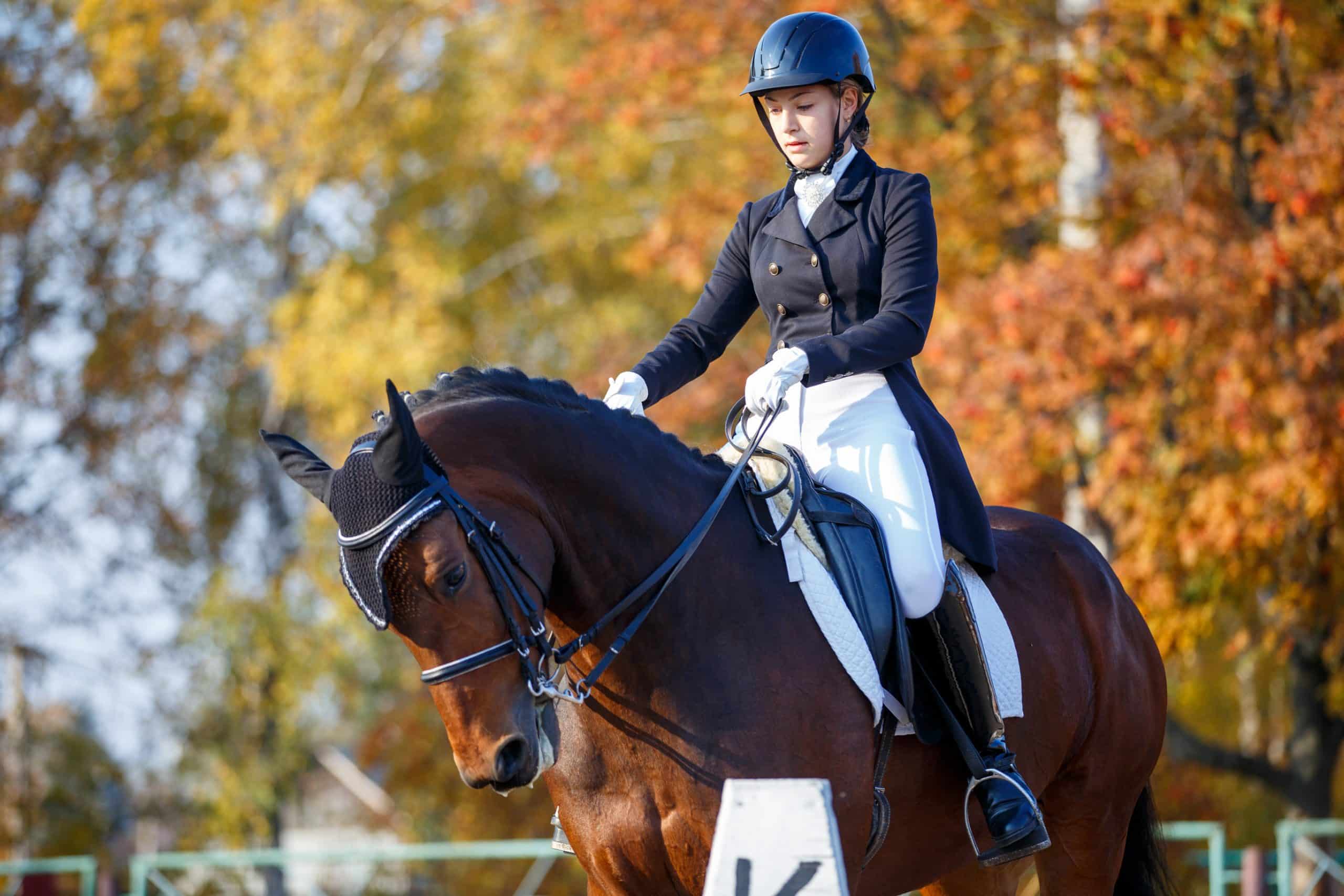In the world of pet ownership, the sound of a dog’s bark can be a comforting thing. It signifies their presence, their energy, and, quite often, their protective instincts. But when your dog’s barking is triggered excessively by the sound of a doorbell or the arrival of visitors, it can quickly become a source of stress for both you and your pet. This article offers professional advice on how to tackle this common issue and help your dog maintain calm behavior around these triggers.
Understanding Why Dogs Bark at the Door
Before we delve into the tips and tricks of training, it’s crucial to understand why your dog behaves in this way. When the doorbell rings or when visitors arrive, dogs often perceive these as potential threats to their territory or their pack – you and your family. This instinctive reaction is completely natural. However, the intensity of the response can be overwhelming and disruptive. Fear, excitement, or anxiety can all play a role in triggering your dog’s excessive barking.
Dans le meme genre : How to Modify Your Home Environment for a Cat with Feline Leukemia Virus (FeLV)?
Training Your Dog to Respond Calmly to the Doorbell
One effective strategy to address doorbell-induced barking is through training. The keyword here is desensitization – gradually getting your pet accustomed to the sound of the doorbell, so they would eventually perceive it as a non-threatening event. For this, you will need two things: a recording of your doorbell sound and a treat to incentivize good behavior.
Start by playing the doorbell sound at a low volume, far enough away from your pet that it does not cause them to bark. Reward them with a treat when they remain calm. Gradually increase the volume and proximity of the sound, always rewarding calm behavior. Over time, your pet should begin associating the doorbell sound with receiving a treat, rather than perceiving it as a threat.
A lire également : What’s the Optimal Exercise Regimen for a Senior Boxer Dog with Early Heart Disease?
Teaching Your Dog to Stay Calm When Visitors Arrive
The arrival of visitors can be another trigger for excessive barking. Training your dog to respond calmly in these situations may require a bit more effort, but the peace it will bring to your house is worth it.
Start by asking a friend or family member to assist you. Have them approach your door, but instead of entering immediately, let them wait outside. Command your dog to sit or lie down on their bed and stay. When they comply, reward them with a treat. If they start barking, your helper should leave, and you withhold the treat. Repeat this process until your dog begins to understand that calm behavior will result in a reward and that barking will lead to the visitor leaving.
Using Professional Training Tools and Services
In some cases, the best course of action might be to seek assistance from professional dog trainers or use specialized training tools. Expert trainers often have a wealth of experience in dealing with various behavioral issues in dogs and can provide a tailored training program for your pet.
On the other hand, there are numerous training tools available in the market, such as anti-bark collars and ultrasonic devices. However, it’s important to use these tools responsibly and always under professional guidance. These should be seen as last resort options and not as quick fixes.
The Role of Positive Reinforcement in Training
Above all, it’s important to remember that training should be a positive experience for your pet. Positive reinforcement methods, which reward good behavior rather than punish bad behavior, have been scientifically proven to be the most effective and humane approach to dog training.
When your dog behaves appropriately, such as not barking when the doorbell rings or when visitors arrive, reward them with a treat, a toy, praise, or playtime. This will make them more likely to repeat the behavior in the future. It’s also important to be patient and consistent in your training. Remember, change takes time.
Ultimately, while barking is a natural behavior for dogs, excessive barking at doorbells or visitors can create a stressful environment. By understanding the reasons behind this behavior and applying appropriate training techniques, you can help your dog react more calmly to these triggers. The end result will be a happier, more relaxed pet and a more peaceful home for you all.
The Strategy of Diverting Their Attention
One integral part of calming your dog’s intense reaction to the doorbell or visitors is to divert their attention. When your doorbell rings, before your dog starts barking excessively, try to distract them with a command or activity they are familiar with. This could be a simple command such as ‘sit’ or ‘stay’, or you might point towards their favorite toy or engage them in a quick game.
The key to success in this method lies in timing. You need to intervene just before your dog is about to start barking. This will require a keen observation of their body language and behavior. For instance, your dog might become more alert, their ears may perk up, or they might rush towards the front door when the doorbell rings. As soon as you notice these cues, divert their attention.
Using treats can also be a great way to reinforce this strategy. When you successfully manage to divert your dog’s attention and they remain calm, reward them with a treat. Make sure to use a high-value treat – something that your dog enjoys immensely. This will create a positive association in their mind, and they will be more likely to stay calm the next time the doorbell rings or visitors arrive at your doorstep.
Remember, this method requires consistency and patience. Over time, your dog will learn that engaging in the distraction or obeying your command is more rewarding than barking.
Creating a Safe Space
Sometimes, a dog barks at the doorbell or visitors due to fear or anxiety. In such cases, creating a safe space for your dog can be highly beneficial. This could be a designated area in your home where your dog feels secure. It could be their crate, a specific room, or a quiet corner with their dog bed and favorite toys.
Train your dog to go to their safe space when the doorbell rings or when visitors arrive. You can do this by leading them to the safe space and rewarding them each time they stay calmly in the space during these situations. In addition to treats, make the safe space more enticing by adding comforting items such as their favorite blanket, a chew toy, or a puzzle feeder.
The safe space serves as a retreat for your dog from the triggers that cause them stress. Eventually, they will learn to go there voluntarily when these situations arise, reducing their fear or anxiety and curbing the excessive barking.
Conclusion
Excessive barking in dogs when the doorbell rings or visitors arrive is a common issue faced by many dog owners. But it’s crucial to remember that it’s a problem that can be effectively addressed with understanding, patience, and consistent training.
By using strategies like desensitization, diverting their attention, teaching them to respond to commands, creating a safe space and positive reinforcement, you can help your dog react more calmly to these triggers. However, it might take time for your pet to adapt to these changes.
Always remember, it’s crucial to make the training process a positive and rewarding experience for your dog. If you’re facing difficulties or your dog’s barking behavior persists despite your efforts, don’t hesitate to seek help from a professional dog trainer.
In conclusion, training your dog not to bark excessively at the sound of the doorbell or when visitors arrive is not just about maintaining a peaceful home. It’s about understanding your pet’s instincts and feelings, and teaching them in a kind and loving way how to behave appropriately. It’s a journey that would not only lead to a more peaceful home but also a stronger bond between you and your pet.











